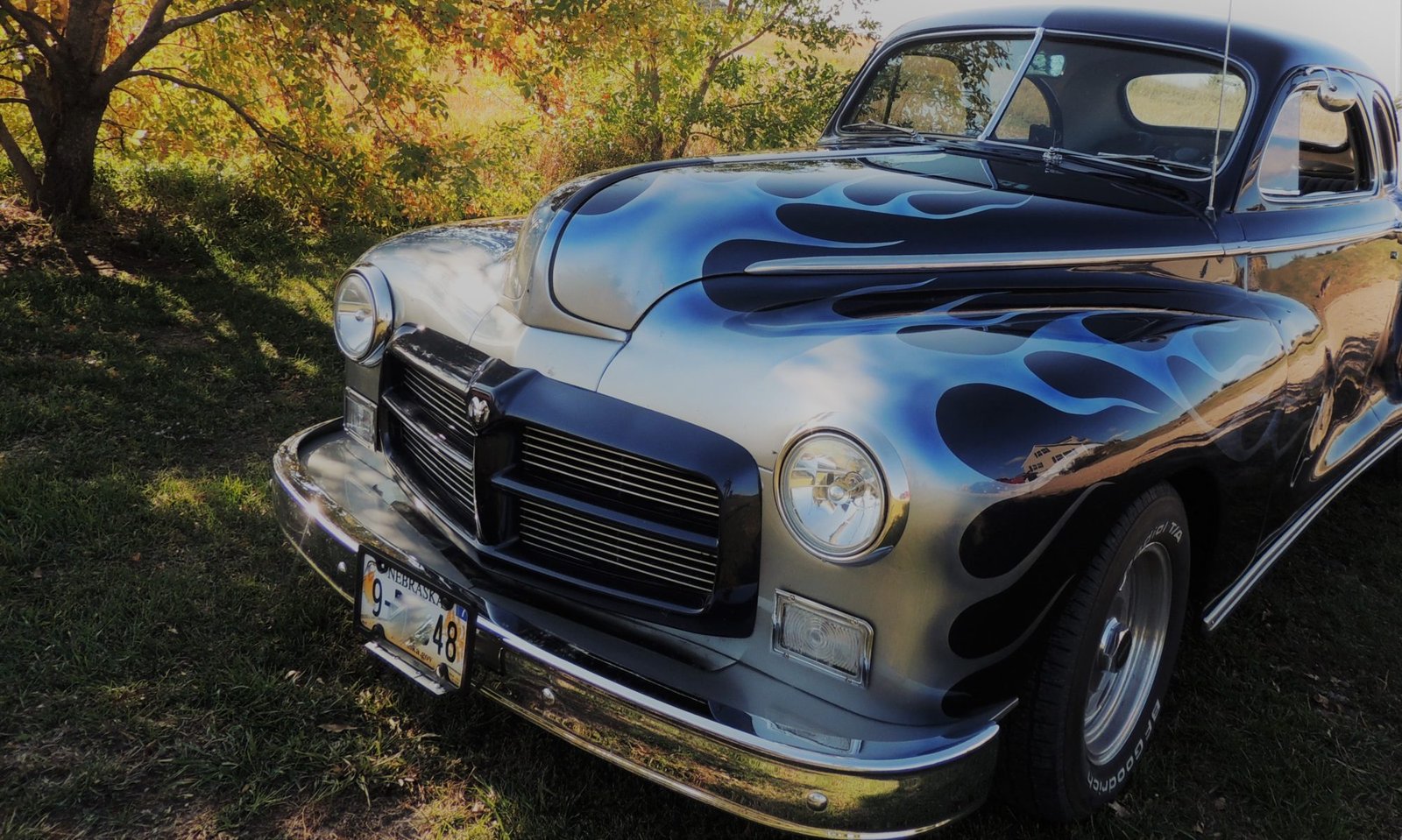It is widely known that Chevrolet was named for racecar driver Louis Chevrolet, but there is a “little” more to the story.
When William Durant was out as the head of GM (for the first time) he immediately began looking for a way back into the automobile industry. He knew Louis Chevrolet because Chevrolet had been a driver for the Buick racing team, and in 1911 he made a deal with Chevrolet to build a car. That same year Durant was also building a car called the Little with a man named William H. Little who had been a manager at Buick but had left to follow Durant.
In one 1912 advertisement, the Little was called, “the classiest of all roadsters” and was described as follows:
“20 H.P. Four Cylinder, shaft drive with selective sliding transmission and Torpedo body. Equipment includes Nickel Windshield, Mohair Top with hood and curtain, Prest-O-Lite tank, five lamps, horn, jack pump, tools and full nickel mountings.”
Here is another 1912 advertisement. Notice that this one says the car has a 10 inch wheelbase. That really would be a tiny car, but it is a typo. The car actually had a wheelbase of 90 inches.

This surviving Little is located at Pioneer Village in Minden, Nebraska (seriously, if you haven’t been there, go now):


As it turns out, Durant wasn’t thrilled with either car. The Chevrolet was big and expensive while the Little was smaller, of lesser quality, and sported a terrible name, at least from a marketing standpoint. The companies were merged and the best features of each car were incorporated into a new Chevrolet line. The Little, produced only in 1912 and 1913, was reincarnated as the Baby Grand Chevrolet for 1914.

Many people have written about Durant, an interesting showman and something of a loose cannon. I have not been able to find out much about Bill Little, however. I have seen him variously referred to as “Big Bill” and “Wild Bill”. He was apparently a large man, and I did find this full-page advertisement announcing the Little Car that includes a poem about Bill Little as well as a drawing of the man:

Here is the poem, enlarged, so it can be more easily read:

Little died young at only 46 years old and, at his death, there were few mentions of him in the newspapers. I found one obituary that stated Little, while still in his twenties, had worked closely with Thomas Edison as general manager of Edison Storage Battery in Glen Ridge, New Jersey. Another small story included the Monarch Bicycle Company on his resume. Then, of course, he worked for Durant at Buick, built the Little Motor Car and then continued working for Durant at Sterling Motor Co. and the Scripps-Booth Corp. The above advertisement includes the following foreshadowing: “This great man may in time be forgotten as will other Napoleons of Industry and Art – but not while his (I mean their) money lasts and the published rates remain the same.” He has been all but forgotten, but he should be remembered as one of the men that ushered in the automobile age in America.

Sources:
“Death Takes Veteran Auto Trade Leader.” Oakland Tribune, 5 November 1922, p. 12.
Kimes, Beverly Rae and Henry Austin Clark, Jr. Standard Catalog of American Cars 1805-1842. Kraus Publications, 1985.
Little Motor Car Company. Advertisement. The Detroit Free Press, 7 July 1912, p. Part One.
Little Motor Car Company. Advertisement. The Roanoke Chowan Times, 19 September 1912, p. 7.
“The 1915 Chevrolet Touring Car.” The Minneapolis Sunday Tribune, 6 September 1914, p. 11.
The Little Motor Sales Co. Advertisement. The Fort Wayne Journal Gazette, 24 November 1912, p. 20.
“W. H. Little Funeral Will Be Held Today.” The Detroit Free Press, 22 October 1922, p. 3.
“Will Open Branch of Chevrolet and Little Motor Car Companies.” The Buffalo Evening Times, 4 June 1912, p.7.





























































